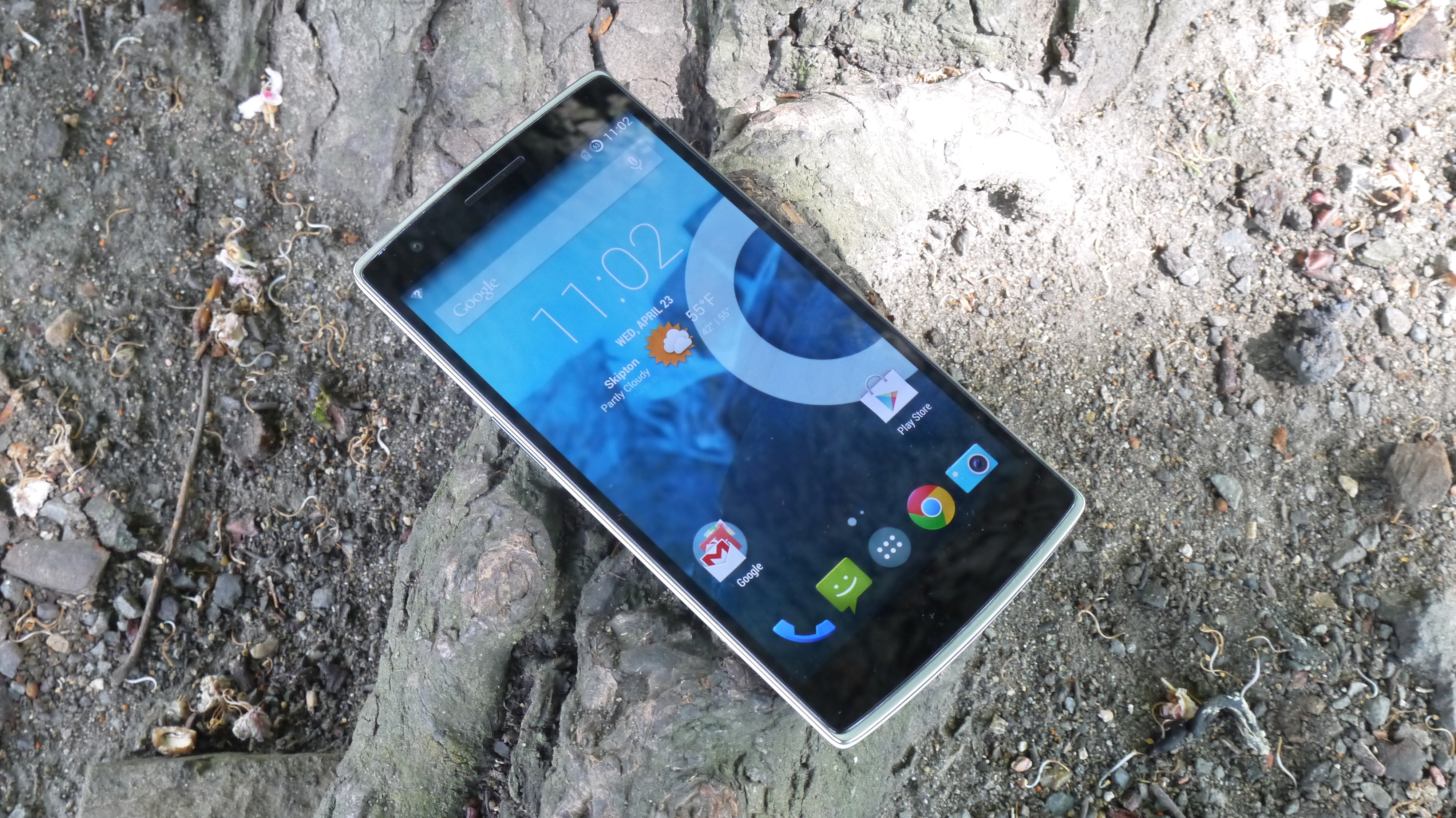Why you can trust TechRadar
There's good news and there's bad news when it comes to the OnePlus One's camera. The bad news is that it doesn't take as good pictures as the Samsung Galaxy S5 or the Nokia Lumia 1520.
The good news is that it's a £269/$349 phone, remember? And when compared to something equivalent like the Nexus 5 or the Motorola Moto X, it takes very decent pictures indeed.
Those two mid-range champs utilise 8MP and 10MP snappers respectively, whereas the OnePlus One boasts a 13MP unit.
Its Sony Exmor BSI images sensor and f/2.0 aperture also knocks the Nexus 5 (which is arguably the OnePlus One's most direct rival) camera out cold.
Of course, the proof of the camera is in the taking, and my test photos showed up a reasonably capable camera.
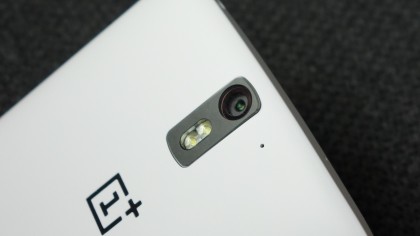
There are annoyances in basic usage, such as the positioning of the lens right at the top of the device, which means you have to hold it in a slightly unnatural pincer grip if you're to avoid getting your fingers in the shot on landscape snaps.
I also picked up on a general sense of sluggishness between pressing the shutter key and the OnePlus One's camera taking the snap, which seems to be attributed to a slightly ponderous auto-focus system.
But the results are quite pleasant. Images taken in good light were sharp, with fairly accurate colours. When focusing on nearby objects, they really tended to pop with detail against the defocused background.
Even daytime indoors shots were decent enough, avoiding that excessively murky and desaturated look that you find on many lesser smartphone cameras.
There's a reasonably effective HDR mode too, though there's a familiar sense of falseness to the resulting pictures, and one or two strange marks on areas of extreme brightness.
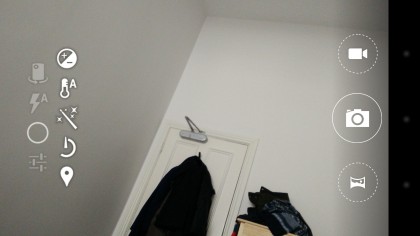
CyanogenMod has its own custom camera interface, and it's pretty intuitive. In particular there's a nice mode select system that involves swiping up and down on the main viewfinder, which is how you select HDR. Alongside this and the default Auto, which should have you covered for most situations between them, there are 10 additional shooting modes.
These range from Smart Scene, which appears to actively switch to the appropriate scene for the current conditions (if it detects a lot of movement or low light, for example), to the self explanatory Steady Shot, and through to commonly used filters like Aqua and Sepia.
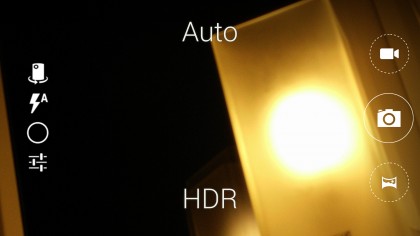
You also get three permanent shooting control circles along the right hand side of the screen - one for pictures, another for video, and a third dedicated control for panoramic shots.
Along the left hand side you have four additional controls. One switches to the 5MP front camera, while another is for flash control. A third provides branching manual settings menus for things such as white balance, a timer, and additional shooting modes.
There's also a settings control here if you want to delve into image sharpness, ISO settings, burst modes and touch focus duration.
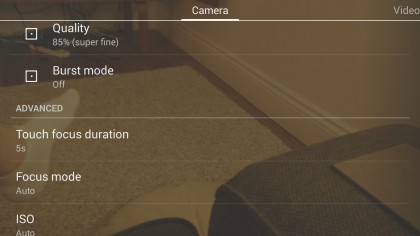
It's not quite the dauntingly comprehensive camera interface of the Samsung Galaxy S5, but then again nor is it the overly simplistic stock Android effort found on the Nexus 5.
Video is 1080p Full HD, as you might expect. It's pretty crisp and smooth, though the sound pick-up seemed a little harsh. Playback of that sound seemed to be pushed entirely through a single sound channel, another issue that will hopefully be fixed in a future software update.
